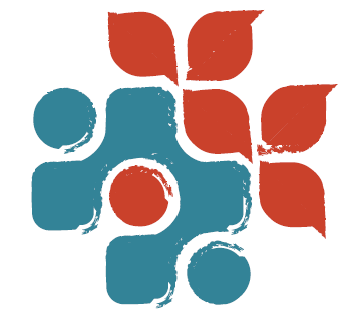Everything you wanted to know about the gait…in a nutshell.
Have you ever wondered about your gait? Do you notice your shoes or socks wear out in one spot only? Well, we find this kind of stuff very interesting so read on for everything you ever wanted to know about Gait, in a nutshell.
Gait: Manner and style of walking
Gait Cycle: The repetitive pattern of walking involving steps and strides
There are two primary phases of the gait cycle.
Stance phase: Consists of the entire time that a foot is on the ground
Swing phase: Consists of the entire time that the foot is in the air.
Gait is an indicator of all kinds of important information. Endurance, speed and distance between strides all help inform the bigger picture on someone’s gait cycle. That’s why practitioners (including Pilates instructors) can use gait as an assessment tool. Your style of walking provides relevant information about your entire body and any dysfunctional patterns that exist. When we look at your gait, we aren’t just looking at your feet and legs, we are looking at your entire body and how it is moving. We look for foot, ankle, leg and pelvic movement as well as upper body movement. Subtleties that we pick up on can inform what Pilates exercises we chose for you and what the overall focus of your program is.
Some examples of what gait can show us:
-Musculoskeletal problems (from altering movements to compensate for pain, discomfort, and weakness)
-Cardiovascular health issues (due to inactivity)
-Mental health issues (depression, loss of independence, etc.)
There is a never ending list of what an individual's gait can tell us. Most importantly, it can tell us where weaknesses and dysfunction lie and that can inform our Physiotherapy treatment or Pilates program for you. So next time you’re in the studio, ask one of us to look at your gait, you might be surprised by what we discover.
